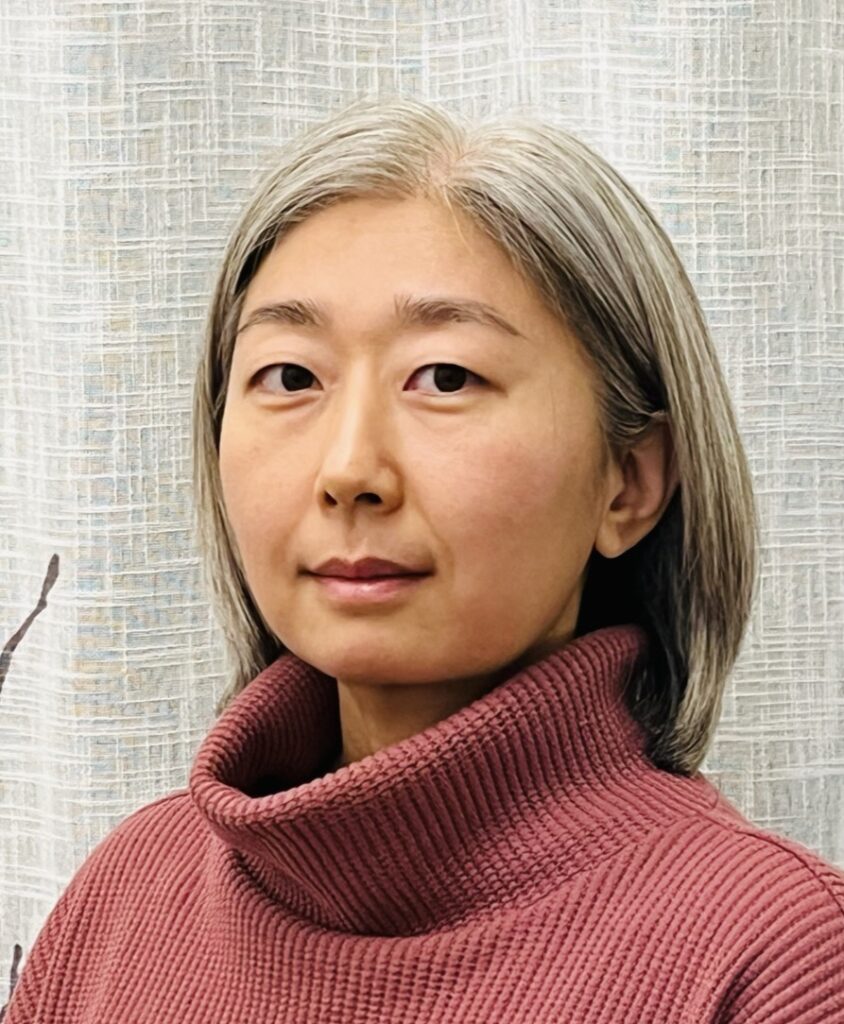
Dr. Kim joined the social work department at the University of Michigan Flint in 2017, after earning her Ph.D. at Michigan State University. She is originally from South Korea, where she earned her bachelor’s and master’s degrees in social work at the Yonsei University in Seoul, South Korea. After obtaining a master’s, she worked for a while and then decided to come to the US to pursue a Ph.D. in Social Work. Dr. Kim has always been interested in how policy or community context influences an individual’s life, especially, their choices about healthcare or social services. In the United States, her work paid more attention to racial and gender differences as she participated in research projects at MSU focused on incarcerated women and intimate partner violence. Since arriving in Flint, Dr. Kim’s research has shifted toward understanding the needs of the community and working with a community partner to work with residents with limited mobility and financial resources. This research largely focuses on health outcomes and community mental health.
In 2020 she conducted survey research in the Flint area to learn more about the physical and mental health status of those who received food assistance from the community agency. While gathering that data Dr. Kim found that the respondents had relatively high levels of stress compared to the general population. The survey indicated that high levels of stress were associated with poor mental health and smoking. The survey ran in March 2020 and captured levels of stress during the first stages of COVID. The research was measuring psychological distress, stress, and health status in real-time.
How do you think that life stress is related to their physical and mental health?

“During the COVID-19 lockdown in March, we found out that people had higher levels of stress during that period. While we did not examine why and how, we speculate that limited mobility and access to health care, especially for those with physical and mental health concerns, may create more stress, as this could increase health risks for those with preexisting conditions. We also found that health compromising behavior, such as smoking, was related to high levels of smoking. “
During your research have you noticed any disagreements among your sources?

Yes, while previous studies found the connection between psychological distress and smoking, in our sample, we couldn’t find that connection. Another thing is that many previous studies usually show that there was an association between race and smoking, or between race and mental health status, but we could not see those differences. Perhaps it may tell us that environmental challenges that Flint residents commonly experience impact their smoking and mental health status overall. In other words, community situations and environments may play a role as a determinant of health in this community. Also, no connection between race and health status does not mean there is no racism involved here. As we could see the water crisis in Flint, we should ask ourselves why it happens in Flint and not the other communities where racial minorities reside. Even though we could not find any racial differences regarding their health concerns, challenges this community is facing is a result of structural racism.
What has been the most interesting aspect of your research?

In our survey and focus group, we find out that the level of stress plays a critical role in health consequences and smoking. Community members had higher levels of stress compared to the general populations, and stress was associated with poor mental health and smoking, which is well known for having negative impacts on individuals’ health as well as any other type of substance use, such as drinking. We did not examine why and how people get stressed. But based on what we found, dealing with stress can be a key to improve mental health and decrease smoking among community members.
Talking about turning off that stressor from people’s lives for them to stop smoking, how would you make it happen?

We may want to first understand the community’s culture and perspectives to create those programs. Studies found that traditional prevention and intervention methods may not work for those living in underserved communities. This might be the same in the mental health approaches as well. As we observed during the COVID-19, a lot of people didn’t want to get vaccinated because of the lack of trust in the government and health system in this community. Perhaps, lack of trust could lead to not seeking help in spite of having health concerns. In other words, we may need to develop the approach for those who do not seek professionals or help as well. On the same page, to be able to help the community regarding any type of issues regarding their mental or physical health we really must work closely with the community and try to understand their values and cultures first, and try to develop a tailored system so that we can meet their needs and help better with the health concern.
After reviewing your data sources, what do you see as an obstacle to your research?

After sending out around 900 surveys, I only got 108 responses. so I can say in this community the biggest concern regarding research perspectives is the non-response. It was difficult to follow up as well because of COVID 19 lock down. To increase that response rate I may be needed to work a little bit closer with the community. Another thing is that I would like to listen to their voices while doing a focus group, but I couldn’t do that at that time, and ended up doing it in the other setting after 10 months completing the survey. If I may replicate this later, I will try to do a focus group or individual interview to listen to their voices along with the survey at the same time.
What is one of the biggest questions your research will have to answer?

I think that the biggest issue I would like to focus on is how to improve mental health and food insecurity in this community. I believe they are connected and influence each other. As working with the community agency, I could see a lot of resources and potential in this community. While public assistance may create barriers and challenges, community services are easier to access and more sensitive to the community’s needs. I hope to work with the community to develop a well-tailored approach to deal with food insecurity and mental health concerns for those who have needs but do not seek community help.
What is the information that you lack or struggling to answer?

I think that there are a lot of questions that I couldn’t answer, and I just did one first step and there’s a long way to go to develop a good community-based system to support the health concerns in the community. Perhaps listening to what community members really need is the priority at this point.
Why do you think your research is important, and why should people investigate it?

Regarding the topic, such as stress, smoking, and health issues, it’s not new. But sometimes those topics are examined throughout the general population, not necessarily focusing on the underserved population. Social determinants of health tell us that the environment where we live, are born and work affects our health and quality of life as well as our health risk. I believe it is important to focus a little bit more on the small community and their perspectives and try to better understand their needs and their cultures. This will help us to develop an effective approach for the community.
What do you think are the measures that the University of Michigan Flint put in place to support the students regarding that topic?
There are programs and offices that try to help student’s mental health such as Counseling and Psychological Services (CAPS) and Disability & Accessibility Support Services (DASS). Also, Wolverine Essentials, formerly the Wolverine Food Den, provides food and other necessary goods for students. When considering what is going now and who our students are, this is a great support. As we have many international students at UM Flint, if the University could provide those resources by reflecting diversity among students, that would be even better.
How do you convince people to investigate your research after spreading out a survey for the first time?

When I first started this survey research, research questions and purposes were created based on the collaboration with the community partner. We developed the research goals together based on the need of the community agency which tries to improve their services for Flint residents. So rather than convincing people, I tried to be part of the community. I tried to be there and be part of the community instead of trying to look at it from the outside. Being present and keeping engaging with communities was the first step. I have worked with my community partner to understand their background and their cultures. Based on my research on their needs instead of my research interest, we created a survey and asked residents to respond to the survey. There are still many things I need to do more, but I hope to keep this collaboration and relationship moving forward.
